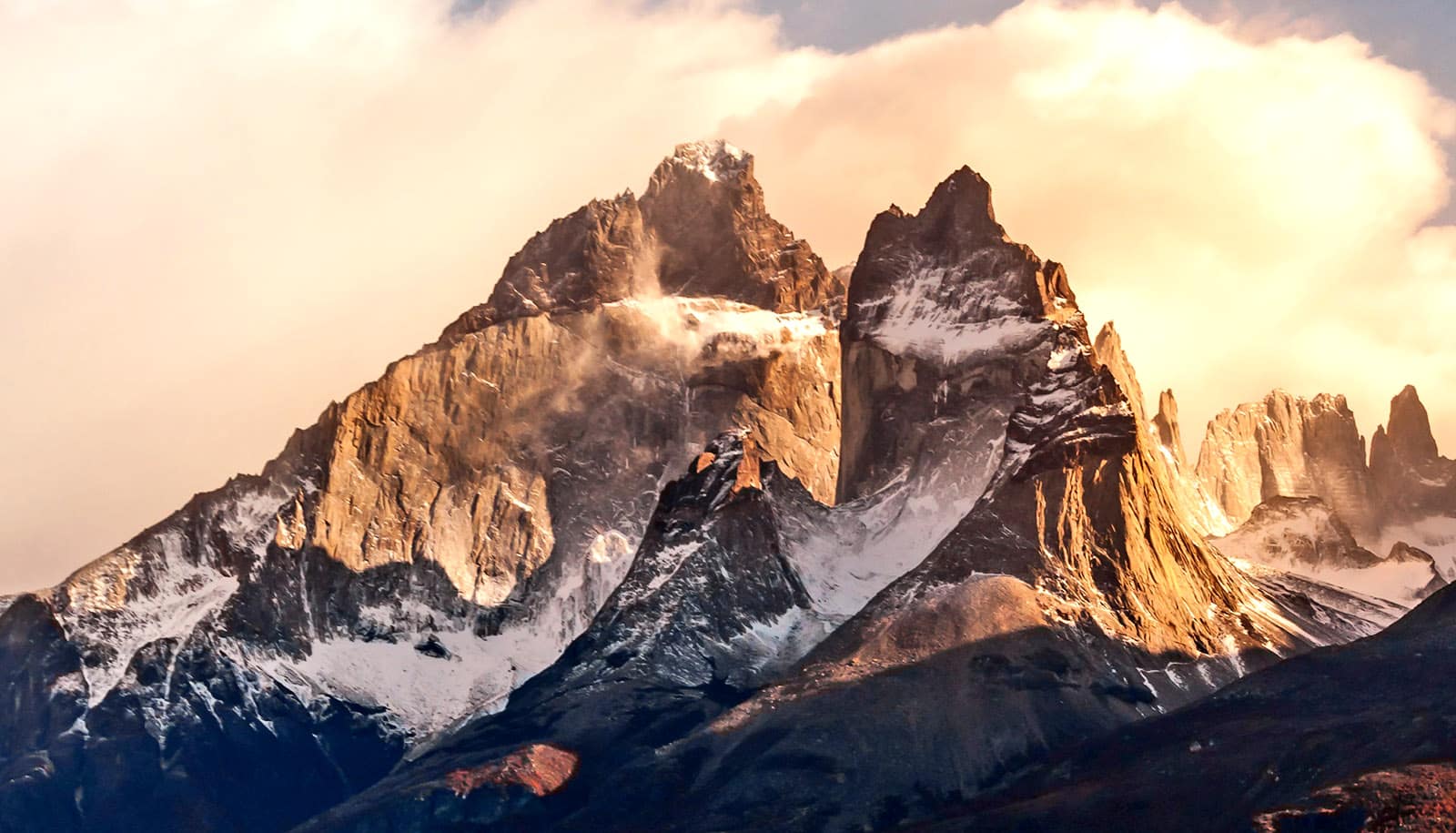The gradual erosion of layers of rock by rivers flowing through the Appalachian Mountains generates biodiversity of freshwater fish species, a new study suggests.
The finding offers insight into the causes of species richness in the ancient mountain range.
Researchers have previously associated high biodiversity in mountain ranges, including the Andes and Himalaya, with tectonic uplift—the shifting of plates in the Earth’s crust that forms mountains, plateaus, and other geologic structures—triggering environmental changes that create conditions ripe for species diversification. But this explanation does not account for the high biodiversity found in older mountain ranges, such as the species-rich Appalachians, where tectonic uplift ceased hundreds of millions of years ago.
For the new study, published in the journal Science, researchers analyzed populations of greenfin darters, Nothonotus chlorobranchius, a fish species only found in the upper Tennessee River system in the southern Appalachians, and the river basin’s underlying geology.
They found that river water has gradually eroded a top layer of metamorphic rock in portions of the upper Tennessee River basin, exposing softer sedimentary rock that acts as a barrier, isolating populations of the greenfin darter in river channels still flowing over metamorphic rock.
As with the finch populations observed by Charles Darwin on the Galapagos Islands, such geographic isolation prevents the greenfin darters from breeding across populations, says Maya F. Stokes, the paper’s lead author, who conducted the research while a postdoctoral researcher in Yale University’s department of ecology and evolutionary biology. This, she says, sets the stage for them to evolve separately from each other.
“We know that speciation happens when populations are geographically isolated, but it isn’t clear how isolation happens without dramatic geomorphological changes across the landscape,” says Stokes, now an assistant professor of geology at Florida State University. “Our study shows that greenfin darter populations are being isolated through the gradual internal dynamics of erosion, not major external forces like climate change, glaciation, or tectonic activity.”
The upper Tennessee River basin is divided into the highland Blue Ridge geologic area composed of metamorphic rock and a lowland Valley and Ridge area composed of sedimentary rock. Metamorphic rocks form when existing rocks are subjected to environmental change, such as high heat, high pressure, or a combination of both and in this landscape are harder to erode than sedimentary rock. This makes the highland section steeper and more rugged than the lowland Valley and Ridge section. The greenfin darter populations mostly inhabit tributaries in the Blue Ridge section.
The researchers collected greenfin darter specimens from populations throughout the Blue Ridge tributaries. Their dataset also included samples from the Yale Peabody Museum’s tissue collection. Through genomic analysis of DNA sequence data, the researchers determined the evolutionary lineages of the geographically separated greenfin darter populations.
“The DNA sequencing found genetic variation among the separate populations on par with what we find between separate species,” says senior author Thomas J. Near, professor of ecology and evolutionary biology at Yale. “We don’t delimit them as separate species in this study, and they show little variation in physical characteristics, but the genetic analysis suggests we’re seeing speciation in action. I think ultimately these lineages will become separate species if they aren’t already.”
“It’s possible, if not likely, that the process of erosion we identified is responsible for past speciation,” adds Near, who is also the Bingham Oceanographic Curator of Ichthyology at the Yale Peabody Museum.
The researchers also compared the evolutionary history of the fish populations to the geologic history of the upper Tennessee River basin. They used a geometric model of bedrock erosion that shows how the exposure of metamorphic rock (where the greenfin darter is found) has shrunk over geologic time, while that of sedimentary rock has expanded. They suggest that this process reduced the habitat connectivity between tributaries, leading to the isolation of lineages residing in tributaries flowing over the remaining metamorphic rock.
“The basic concept here is that rivers erode away different kinds of rock exposing new kinds of rock that may affect the spatial distribution of suitable habitat,” says Stokes.
Why sedimentary rock forms a barrier to the greenfin darters’ movement is unknown, but the researchers point out that different types of rock influence freshwater habitats in multiple ways, including flow velocity, water chemistry, and the amount of sediment suspended in the water.
Coauthors of the study are from Yale; Colorado State University; the University of Tennessee, Knoxville; Massachusetts Institute of Technology; the University of Massachusetts Amherst; and the Tennessee Valley Authority.
Source: Yale University



